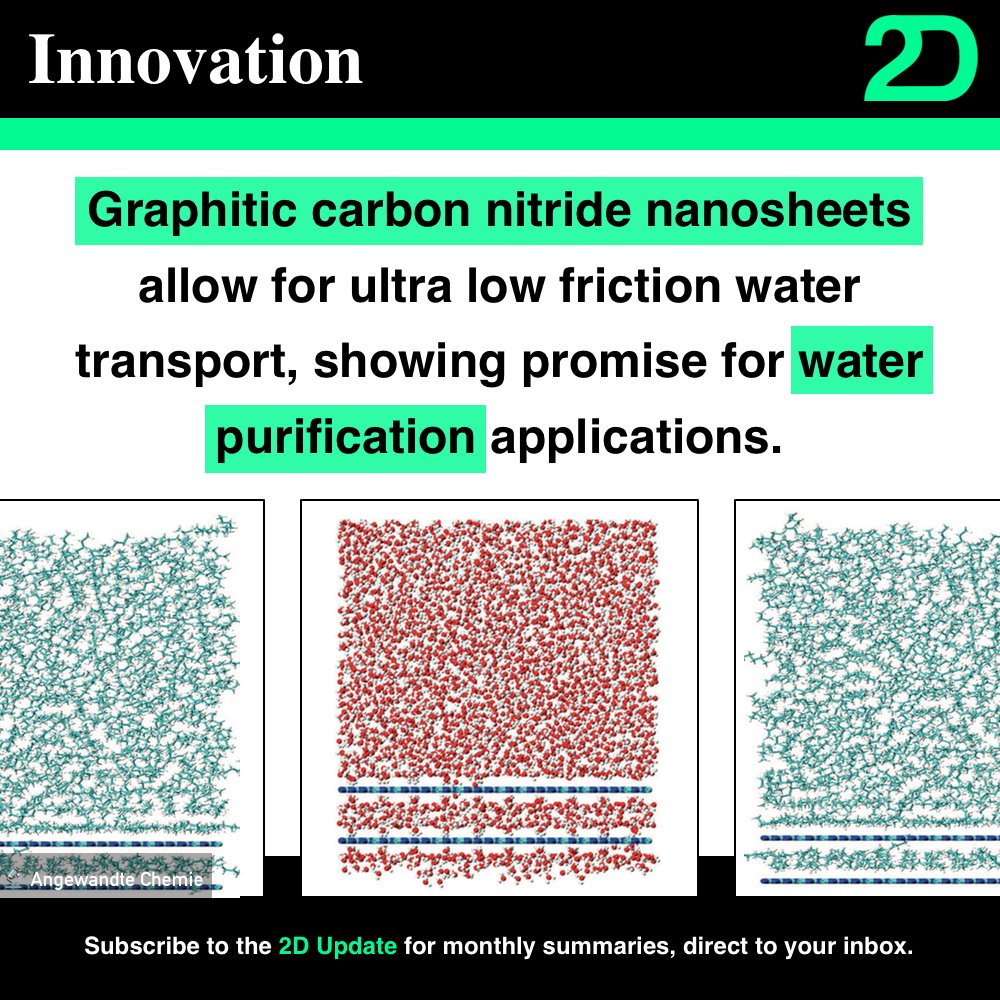Efficient mixed-solvent exfoliation of few-quintuple layer Bi 2 S 3 and its photoelectric response
A scalable liquid exfoliation of layered Bi 2 S 3 employing a mixed-solvent strategy was used for the fabrication of Bi 2 S 3 nanosheets. We found that 10% deionized water in 90% isopropyl alcohol is the best mixed solvent for the efficient and effective exfoliation of layered Bi 2 S 3 . These results are consistent with the absorbance spectra and enthalpy of mixing theory. The obtained Bi 2 S 3 nanosheets had few-quintuple layers and were investigated by transmission electron microscopy, atomic force microscopy, and Raman spectroscopy. These Bi 2 S 3 nanosheets can be used to fabricate large-scale thin films by filtration method; the films demonstrated sensitive photoelectric response with the rise and decay response of photocurrent on the sub-second scale under visible light excitation. The electronic structures of bulk and one-quintuple layer Bi 2 S 3 are calculate…
Published in: "Nanotechnology".


